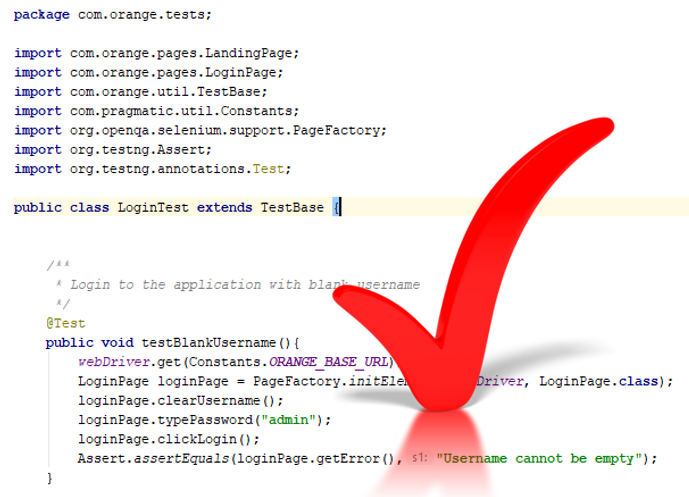My Thoughts on Coding Standards and New Tools
07 Feb 2019
Can Coding Standards Help One Learn a Programming Language?
I believe that coding standards, in many ways, can help anyone learn a programming language. Learning the basics and how to structure code in specific ways, regardless of how small the details can be such as where to place curly brackets and such, can be a good foundation to learning how to code and organize that code to be readable not just by one’s self, but others as well when it comes to presenting individual projects or working in groups.
Although there is such a thing as coding standards among coders, there isn’t specifically a ‘common’ coding standard for writing the code. From my perspective, it seems to be preference based on how one wants to organize code in a way they see fit. Along with organization, coders can also choose whichever function, method, or algorithm on how they want to approach the situation in a way that would seem to be more efficient and readable to them. Sometimes people prefer more indentations in their code to show which function belongs to which, provided the curly brackets that come with that function and where they place it. Although, as mentioned before, people can find the thought of this being trivial, it can definitely help in the future for group projects and organizational purposes.
Coding standards can change depending on the coding language that is being used at the time; regardless if it is C/C++, HTML, Javascript, or so on, learning how to apply coding standards in different situations is good practice to learning new coding languages. Having presentable, neat code from start to end can definitely help. From experience, it does help in cleaning up and debugging code, realizing which part of the line of code needs to be fixed, syntax, and so on. It turned out to be a special guide for me when it came to situations like these, especially in a new learning environment.
Does ESLint With IntelliJ Seem Useful To Me?
Although it was a bit of a learning curve from the start on learning how to use ESLint with IntelliJ, it does seem to be useful and more versatile in comparison to our previous tool, JSFiddle. Although JSFiddle did seem nice and simple at first, I did have issues with its limited capabilities and such. Using ESLint with IntelliJ felt like a nice change of pace for me and a possible good tool to keep on my list for future programming projects in relation to Javascript and possibly other coding languages that may need it.
So far, I have not encountered any issues with the green checkmark and I have never really found it annoying or painful, or painfully annoying in any situation since I’ve never really bothered to think about it too much. It seemed to be more useful than anything regardless of it reminding me of errors that I normally wouldn’t have to worry about until I’ve finished a specific block of code or reached a specific point that will remove that issue completely. Although thinking about it now the checkmark does feel like, if I were to compare it to some games I’ve played in the past, some annoying character that would constantly remind me to do a specific objective while I’m purposefully taking a detour and planning to complete that objective at a later time. The green checkmark doesn’t bother me now, but if the developers decide to add a sound, that for some reason you can’t remove in the settings menu, that goes off whenever there are errros, I would possibly get slightly annoyed.